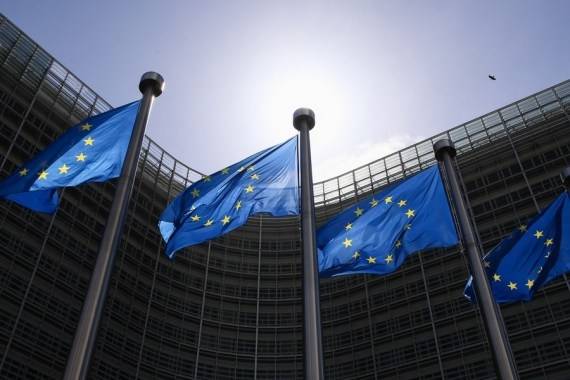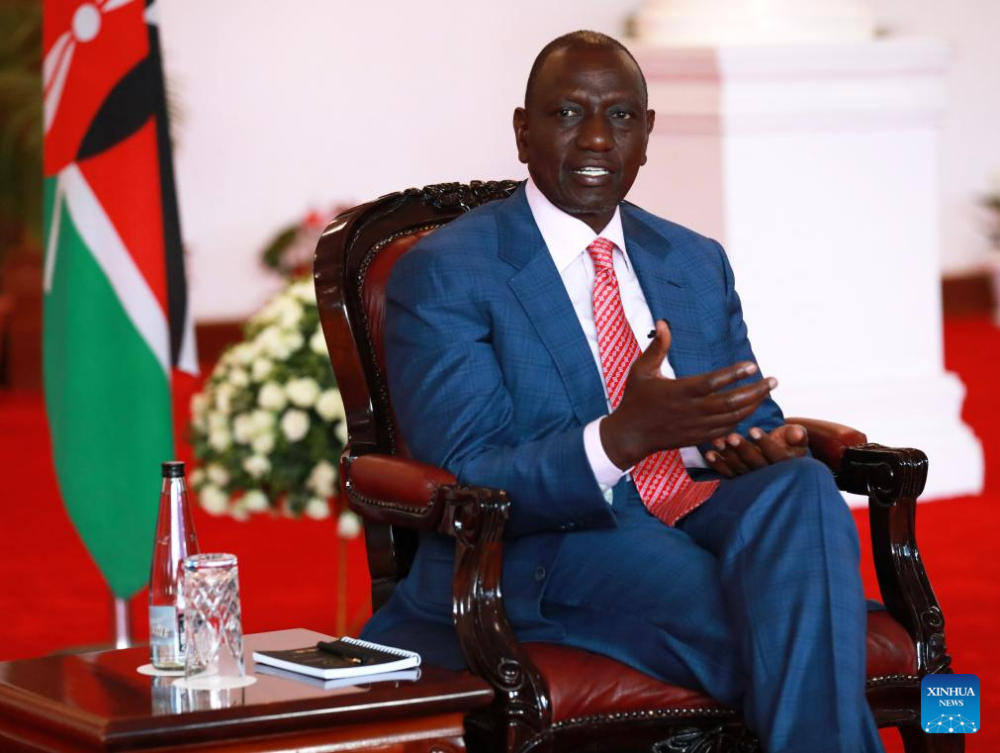The decision on the export licencing application for the finial has been postponed until February 11, 2022, and can be extended up to June 11, 2022…reports Asian Lite News.
The Department for Digital, Culture, Media, and Sport of the United Kingdom is auctioning off a throne finial stolen from India for £1.5 million, or Rs 14,98,64,994. Known as the “Throne finial”, the throne has also imposed an export embargo. The gold tiger head, which initially belonged to Mysuru monarch Tipu Sultan’s throne in 18th century India, was placed under a temporary export ban to find a buyer in the United Kingdom. The finial is one of eight gold tiger heads that decorated the ruler’s throne, also known as “Tiger of Mysore.”
The UK’s Department for Digital, Culture, Media, and Sport took to the micro-blogging site to announce the auction and stated that a £1.5 million throne finial is at risk of leaving the UK. The gold finial, studded with rubies, diamonds, and emeralds, is characterised as a rare example of thoroughly documented 18th century South Indian goldsmiths’ work, with its existence unknown until 2009.
The decision on the export licencing application for the finial has been postponed until February 11, 2022, and can be extended up to June 11, 2022. The decision was taken in response to the opinion of the Reviewing Committee on the Export of Works of Art and Objects of Cultural Interest (RCEWA), which decided that it is an important symbolic object in late-eighteenth-century Anglo-Indian history.
Lord Stephen Parkinson, UK Arts Minister, stated that “this interesting finial recounts the tale of Tipu Sultan’s rule and urges us to evaluate our imperial history.” He said that he hopes a buyer from the United Kingdom comes forward so that we can all learn more about this pivotal moment in our shared history with India.
Until his defeat and death in 1799, Tipu Sultan was regarded as the biggest menace to the British East India Company. As king of Mysuru, Tipu Sultan associated himself and his personal treasures with tiger iconography, and experts feel that this finial provides historians with the chance to portray the rich culture of Tipu Sultan’s court while also closely examining British colonial history.
But Channel 4 news correspondent Fatima Manji wrote on twitter: “But how did it [the finial] arrive in the UK? In 1799, after defeating Tipu Sultan in south India, East India Company soldiers began to seize loot. Arthur Wellesley (later the Duke of Wellington) wrote: ‘scarcely a house in the town was left unplundered’. Another report speaks of “carnage’.”
She adds: “The most senior Britons were alarmed at the wild behaviour of the troops. They decided to organise a process of handing out war booty, and as part of this Tipu Sultan’s octagonal throne was broken up and pieces handed out as prizes to soldiers. There were eight of these tigers.”
According to the Antiques Trade Gazette, the artefact was purchased at Bonhams for £389,600 in April 2009 and offered at auction again at Christie’s in New York in June 2019 in a Maharajas & Mughal Magnificence sale estimated at £350,000-£500,000. However, the finial was withdrawn before the auction. According to Christie’s provenance details, the piece came from the historic collection of Baron Wallace of Knarsdale and was later consigned to the Bonhams sale.














